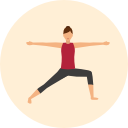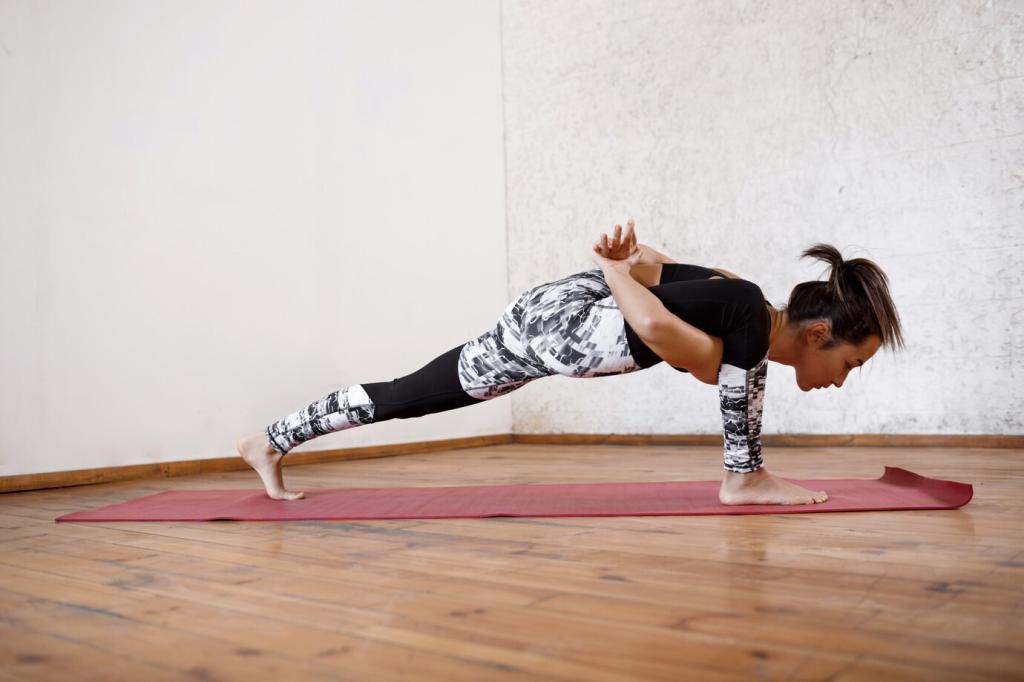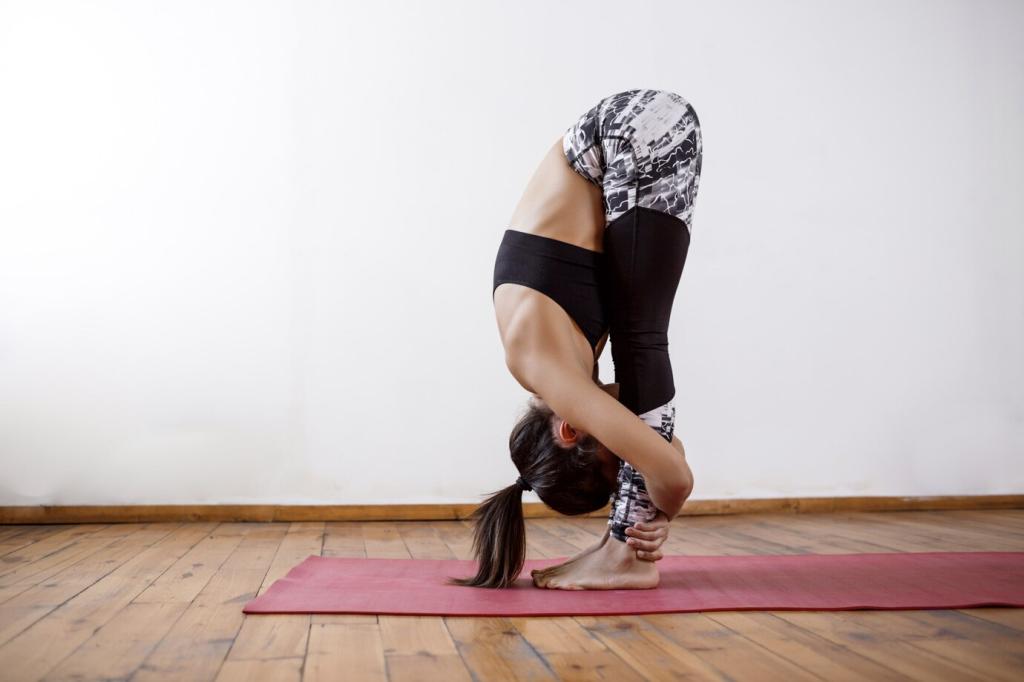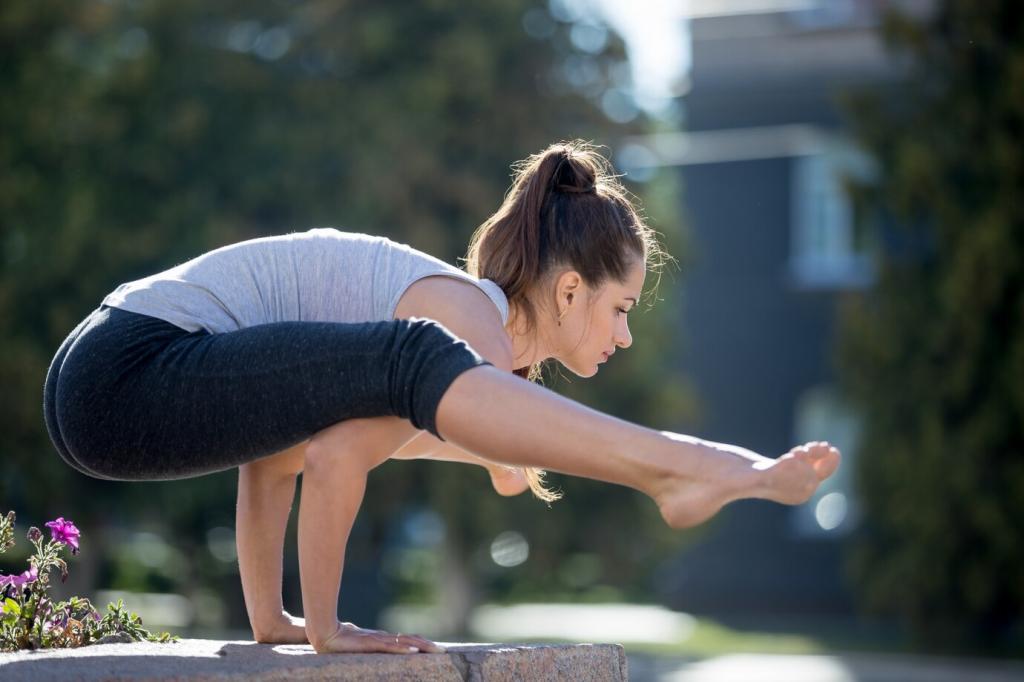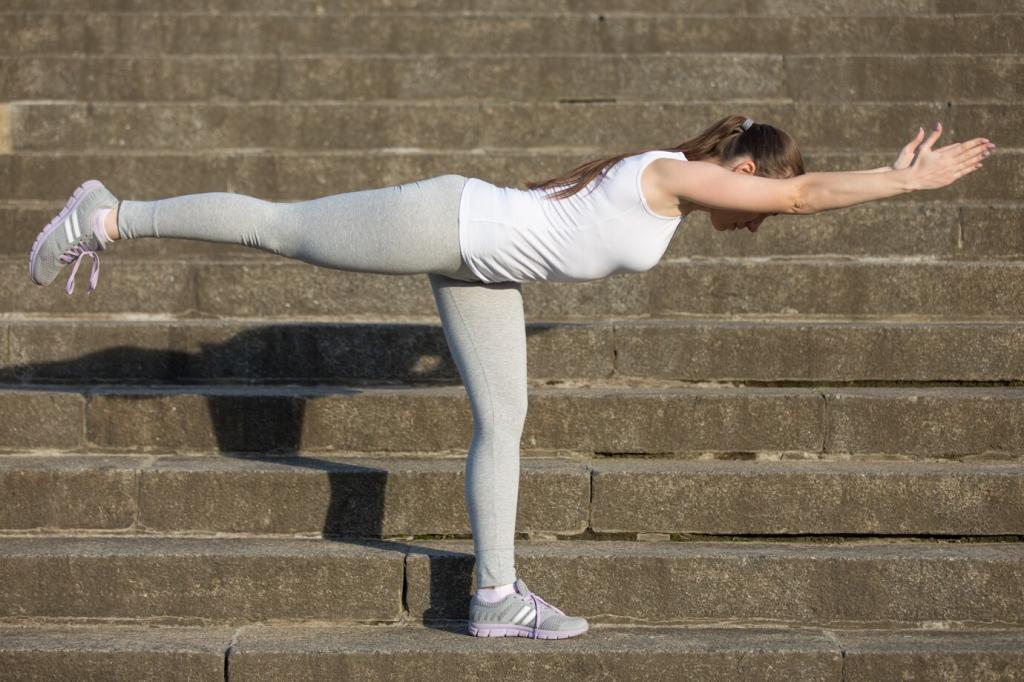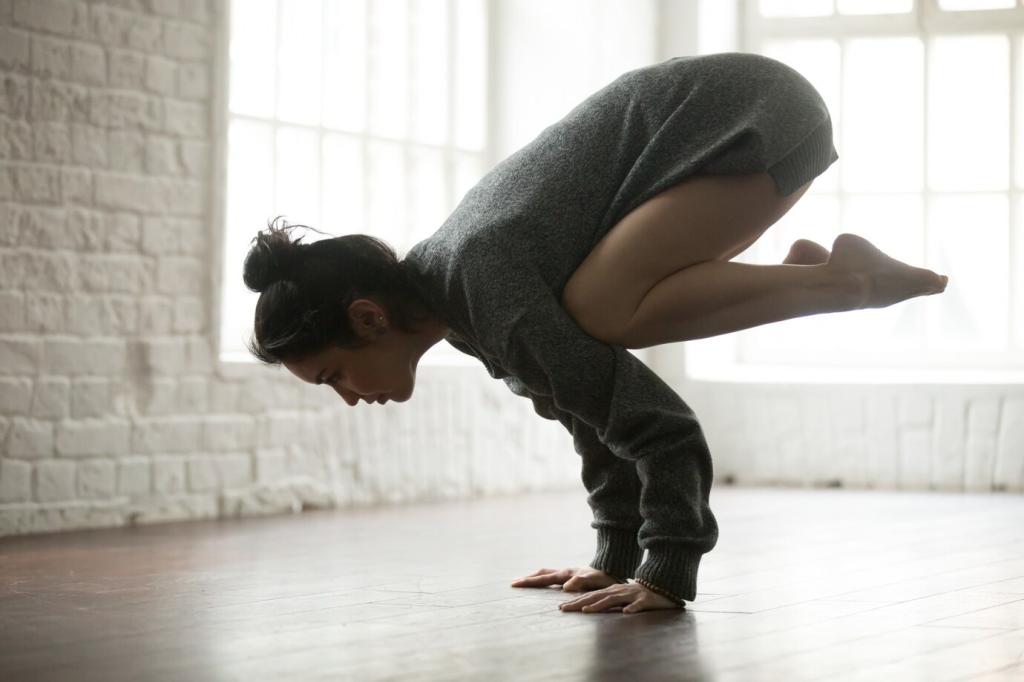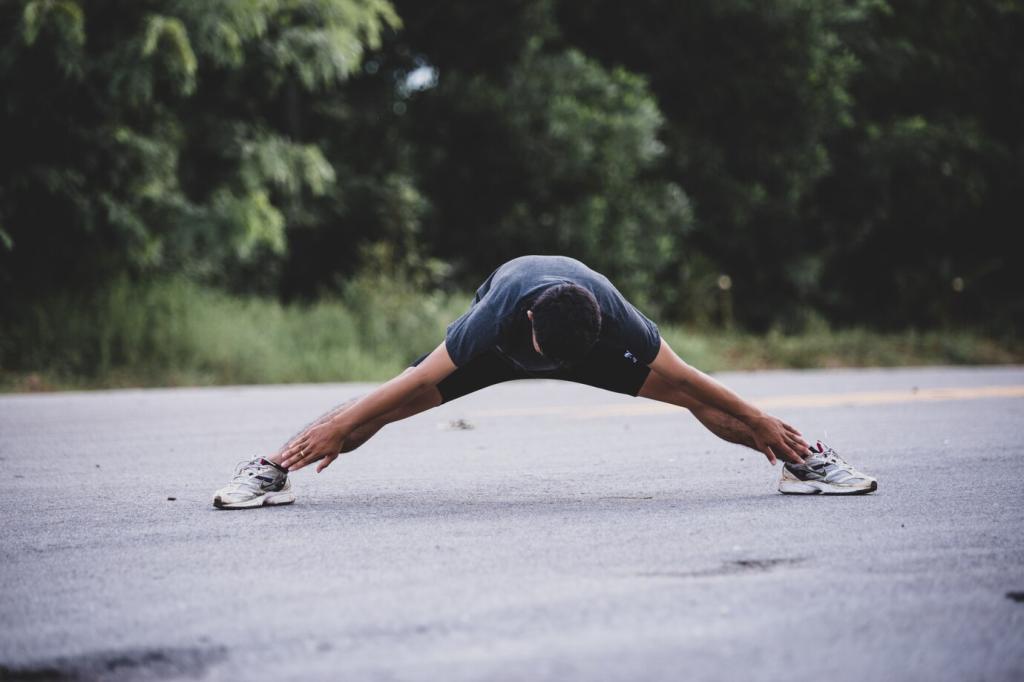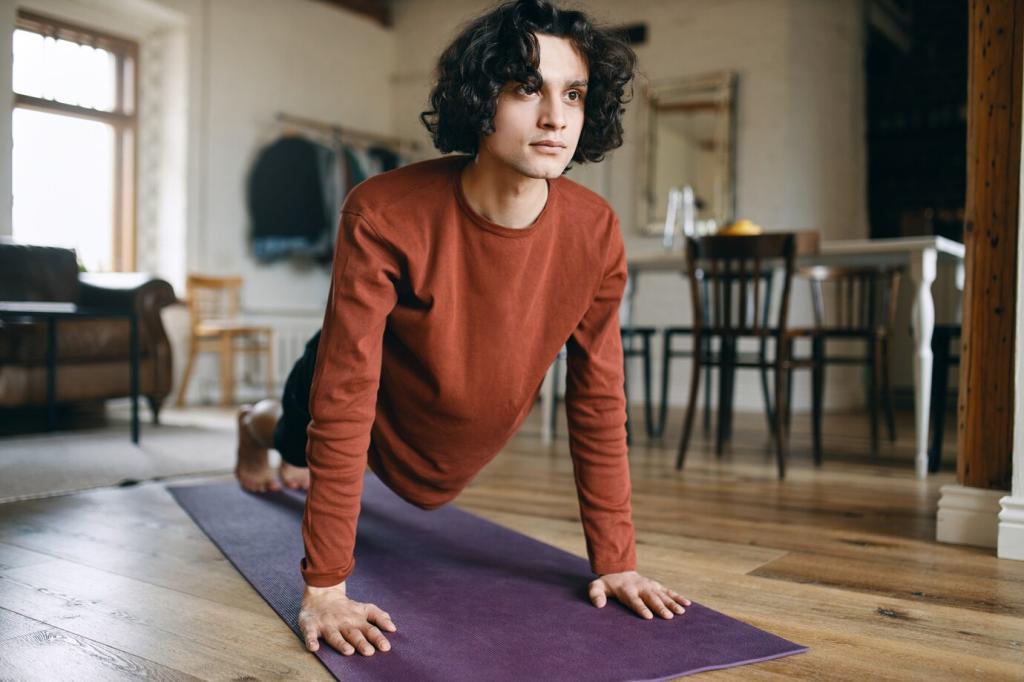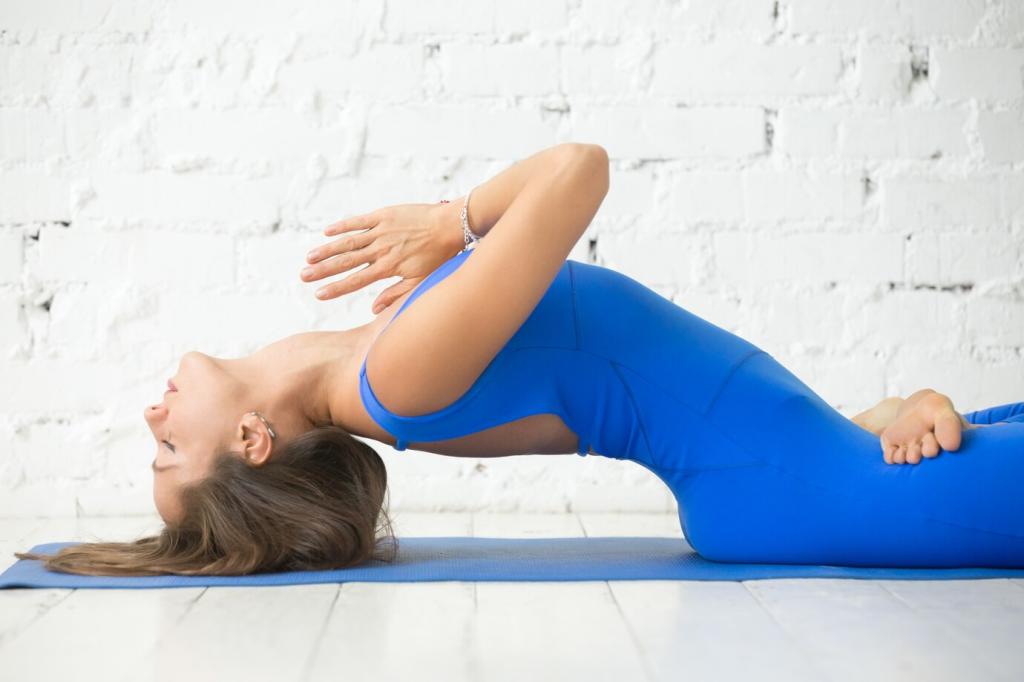Breath-Led Stretching for Softer Openings
Inhale through the nose, let the belly expand, then soften the ribs on an easy exhale. This pattern signals calm to your body and supports longer, gentler holds. Try five cycles before each stretch and report how your hamstrings or hips respond after a week of practice.
Breath-Led Stretching for Softer Openings
When you hold your breath, muscles guard against change. Slow exhalations tell your nervous system it’s okay to soften. Pair each lengthening sensation with a steady out-breath. Notice the moment tension eases. Share what you felt—curiosity often unlocks more comfort than effort.
